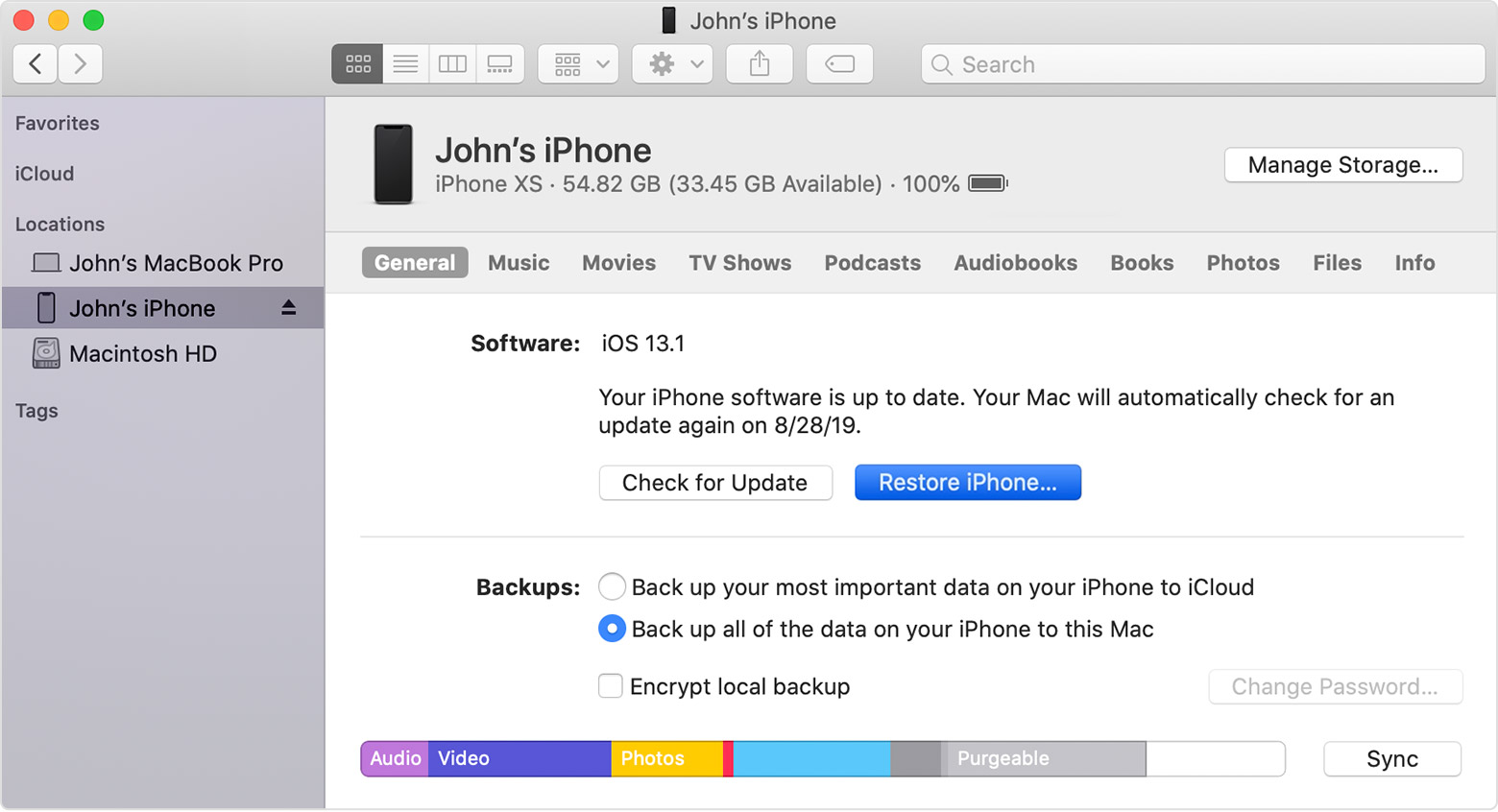
When troubleshooting, ruling out software-related factors beforehand is recommended. In other cases, a faulty USB port or cable is the underlying cause. Oftentimes, the problem is inflicted by some random glitch in iOS or iTunes. However, there are some instances when iTunes just couldn’t detect or recognize an iPhone even when it’s already plugged into the USB port. Just plug one end of the cable into your iPhone’s charging port and the other end to the computer’s USB port.įor as long as the USB cable and ports are functional, your iPhone should connect to iTunes in an instant. The basic requirement for you to connect your iPhone to the computer is the Apple-supplied (USB) lightning cable. The same thing when you need to sync files, back up and restore your iOS devices to a computer. When your iPhone is disabled, you will need to use iTunes to erase it and remove the lock and passcode. First and common is when your iPhone is disabled due to successive incorrect passcode entries. There are many different scenarios when you would need to connect your iPhone to iTunes.


What prevents iTunes from recognizing your iPhone?


 0 kommentar(er)
0 kommentar(er)
